- Commercial Toaster Market: Growing due to increasing demand from quick-service restaurants, hotels, and large-scale catering services that require efficient, high-capacity toasters.
- Types of Toasters: Pop-up toasters are ideal for small cafes with moderate demand, conveyor toasters suit high-volume settings like hotels, and vertical contact toasters excel in fast-paced environments like fast-food chains. Toaster Ovens is versatile for diverse items like thick bread slices while Panini Press, not strictly a toaster though, is suitable for making sandwiches.
- Key Considerations: When choosing a commercial toaster, consider the types of toaster, bread compatibility, toasting capacity, speed, heat source, space requirements, material, and ease of cleaning to match the operational needs. For businesses with high turnover, it’s recommended to choose a stainless steel toaster with features such as removable crumb trays and easy detachment for thorough cleaning.
As commercial kitchens push for greater efficiency and versatility in 2024, the commercial toaster market is heating up like never before. But what’s on the horizon for 2025 that could shake things up even more?
This article dives into the latest trends, revealing the benefits, applications, and must-know details for professional buyers seeking to invest in cutting-edge, commercial toasters that will keep their operations ahead of the curve.
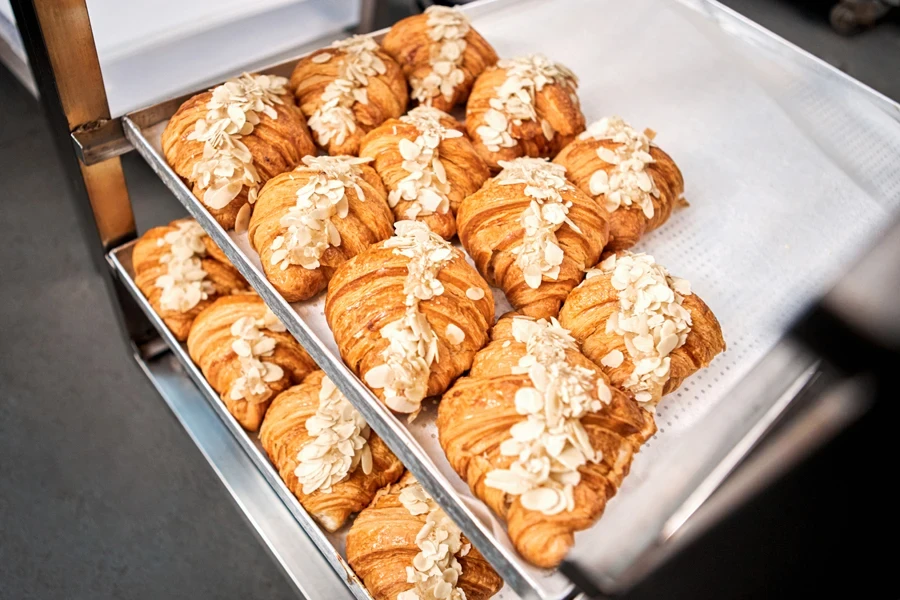
Table of Contents
How is the commercial toaster market evolving in 2024?
What should you consider when selecting toasters?
Summing Up
How is the commercial toaster market evolving in 2024?
The commercial toaster market is experiencing significant growth, driven by the increasing demand for efficient, high-capacity toasters in the foodservice industry. According to Statista, the global commercial kitchen equipment market, which includes toasters, is expected to grow steadily, with particular emphasis on energy-efficient and multifunctional appliances. This growth is fueled by the rise of quick-service restaurants, hotels, and large-scale catering services that require reliable toasters capable of handling high volumes.
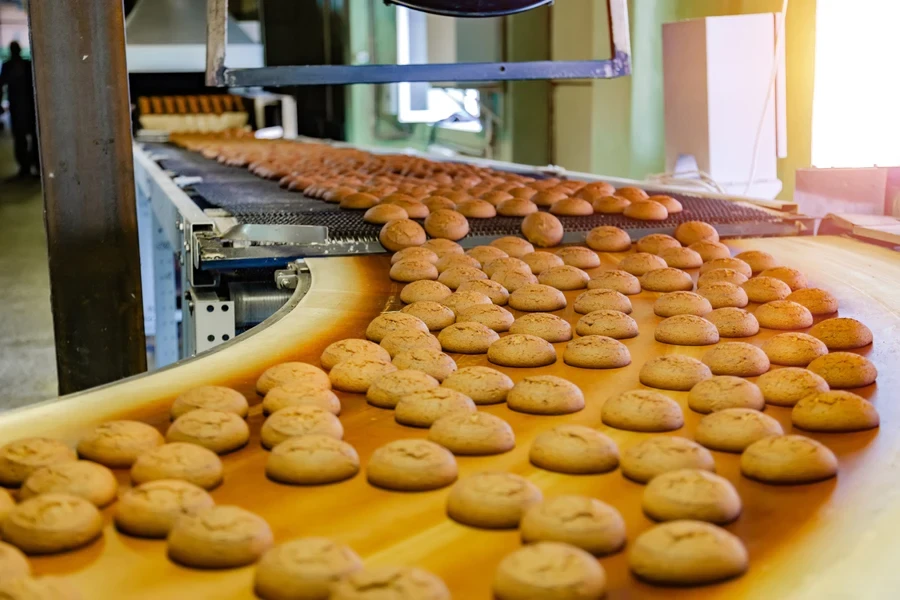
North America and Europe remain key markets for commercial toasters, with the U.S. leading in revenue generation due to its extensive network of foodservice establishments. The demand for commercial toasters in these regions is particularly strong for models that offer advanced features like speed control, adjustable temperature settings, and high throughput. For instance, conveyor toasters, which can toast up to 1,500 slices per hour, are increasingly popular in busy environments like cafeterias and hotels.
Emerging markets in Asia-Pacific are also seeing a rise in demand for commercial toasters, driven by the expansion of the hospitality sector and the growing number of quick-service restaurants. The shift towards energy-efficient models is notable, with many businesses seeking to reduce operational costs while maintaining high performance. The market is also witnessing a trend towards more durable, easy-to-clean models made from materials like stainless steel, which are essential in maintaining hygiene standards in commercial kitchens.
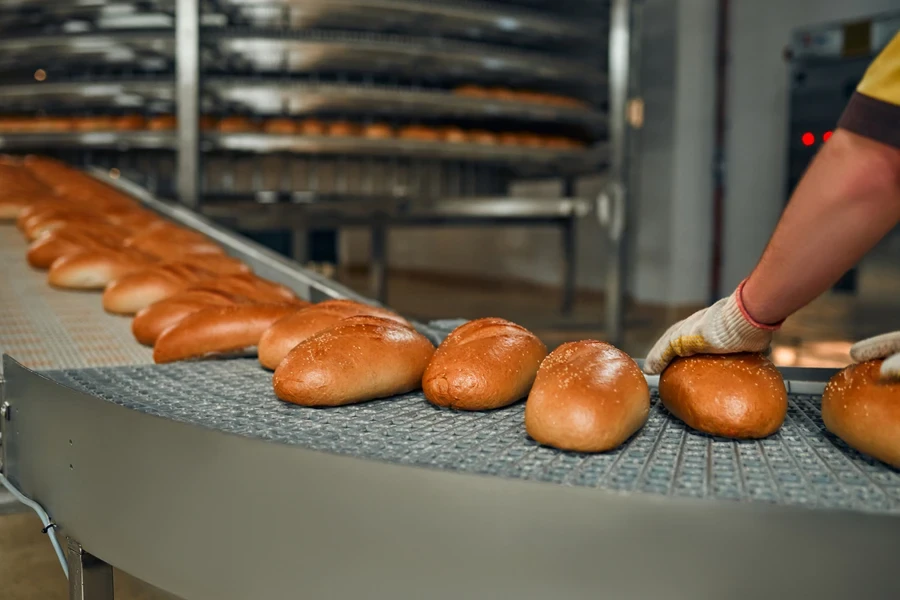
What should you consider when selecting toasters?
A well-selected toaster not only improves efficiency but also ensures consistent quality, which is crucial for customer satisfaction. This section provides detailed insights into the key factors you should consider when selecting a toaster for your business.
1. Type of toaster & bread compatibility
The type of toaster you choose should align with the bread types your business serves:
- Pop-Up Toasters: Ideal for traditional sliced bread, English muffins, and frozen waffles. These toasters are compact and user-friendly. They suit small cafes or diners with moderate toast demand.
- Conveyor Toasters: Suitable for large batches of various bread types, including bagels, buns, and thicker artisan slices. Conveyor toasters are essential for high-volume environments like hotels or large cafeterias.
- Vertical Contact Toasters: Best for operations specializing in toasted buns, such as fast-food chains or burger joints. These toasters offer extremely rapid toasting, ideal for maintaining a fast service pace.
- Toaster Ovens: Versatile for diverse items like thick bread slices, pastries, or even small pizzas. They are ideal for smaller establishments needing multi-functional equipment, though they generally require 3-5 minutes for toasting.
- Panini Press: Although not strictly a toaster, it is often used to heat bread and can even heat patties or fry eggs. It is a versatile kitchen appliance, suitable for places like cafes. Similarly, air fryers are always mentioned when selecting toasters.With adjustable temperature settings and rapid air circulation, an air fryer can achieve a perfectly baked loaf with a crispy crust and soft interior.

2. Toasting Capacity & Speed
When selecting a bread toaster, it’s important to align the toaster’s capacity and speed with the operational demand. The capacity of a toaster refers to how many slices it can toast per hour, while speed measures how quickly it can complete each toasting cycle. The toasting capacity, measured in slices per hour, should match the peak business hours:
- Low to Medium Capacity (up to 400 slices/hour): Suitable for smaller operations where toast demand is moderate.
- High Capacity (400-1500 slices/hour): Necessary for high-traffic establishments like hotels and large cafeterias.
- Ultra-High Capacity (over 1500 slices/hour): Required for very large operations, such as large-scale catering or major event venues.
Commercial Conveyor toasters are the go-to choice for high-volume settings like hotels, buffets, and large cafeterias. These toasters are designed to handle a significant throughput, typically ranging from 300 to 1,500 slices per hour. The speed at which a conveyor toaster can produce the first slice is also a critical metric, with many models delivering in just 15-30 seconds.
Speed adjustments in conveyor toasters allow operators to fine-tune the toasting process according to different bread types. For example, thicker slices of artisan bread may require a slower pass through the toaster, while standard white bread can be toasted more quickly. This flexibility is crucial in maintaining the quality and consistency of the product across various menu items.
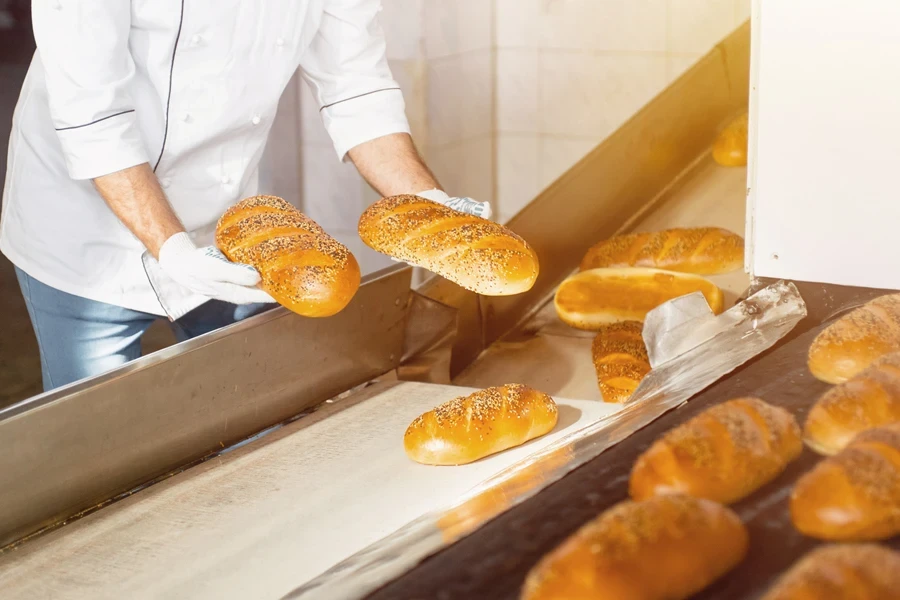
Pop-up toasters are the best toasters suited for smaller operations such as cafes/coffee shops, diners, or small restaurants. These toasters generally have a lower capacity, toasting between 60 and 380 slices per hour. The toasting time for a batch in a pop-up toaster typically falls between 2 to 3 minutes, depending on the model and settings.
They come in two main configurations: 2-slice toasters and 4-slice toasters. Despite their lower capacity compared to conveyor toasters, pop-up toasters offer precision and control, making them ideal for establishments where toast quality is prioritized over quantity.
Vertical contact toasters, often found in fast food outlets or sandwich shops, are designed specifically for toasting buns and thicker bread types quickly and efficiently. These toasters can process hundreds of slices or buns per hour, with individual toasting times as short as 15-30 seconds per bun. This speed is vital in quick-service environments where fast turnaround times are essential to keep up with customer demand.
These toasters use direct heat contact, which ensures even toasting on both sides of the bread or bun. The rapid toasting capability of vertical contact toasters is particularly beneficial for establishments that need to maintain a high service speed without sacrificing the quality of the final product.
3. Heat Source & Temperature Control
The heat source and temperature control options vary across toasters, impacting performance and suitability:
- Electric Toasters: Common in most kitchens, electric toasters provide consistent, even heat distribution. They are versatile and suitable for various bread types, making them a reliable choice for general operations.
- Gas Toasters: Typically used in high-volume settings due to their quick heat-up times and lower operational costs. They are ideal for businesses with large outputs, such as hotels or large-scale cafeterias.
- Infrared Toasters: Known for precise and rapid toasting, these are ideal for establishments requiring high energy efficiency and consistency like gourmet sandwich shops.
Temperature control is essential for customizing the toasting process. For instance, toasting bagels often requires a higher temperature than standard bread slices. Businesses that serve a wide range of bread types, such as bakeries or upscale cafes, benefit from toasters with adjustable heat settings to maintain the desired texture and flavor.
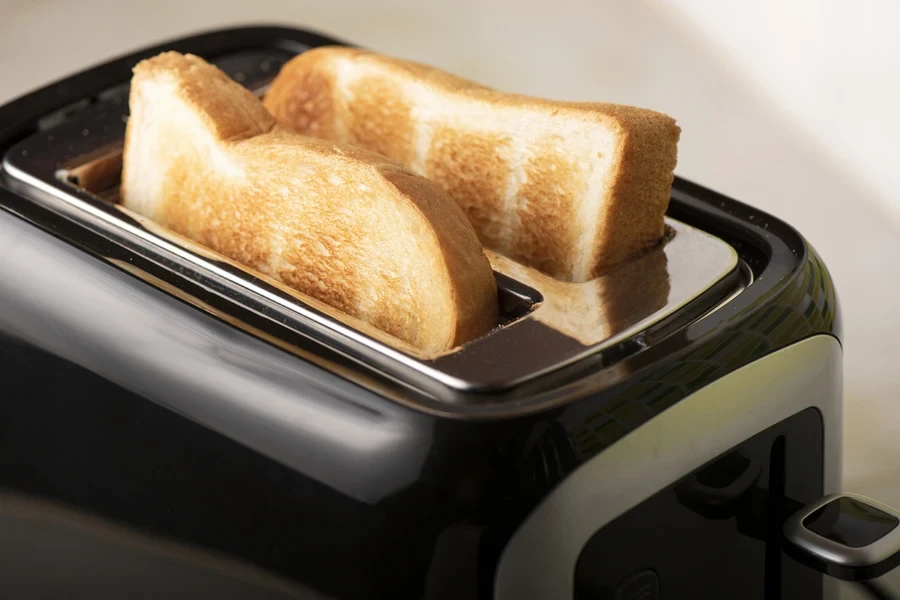
4. Space & Design Considerations
Before purchasing, measure the available counter space of the kitchen. The size and layout of the kitchen directly influence the type of toaster that will best suit the needs.
Pop-up toasters are compact and typically require minimal counter space, making them ideal for small kitchens or operations with limited counter area. These toasters are easy to move and store while the conveyor toasters cannot easily be moved once installed.
Designed for high-volume operations, conveyor toasters require significantly more space. These toasters can range from 20 to 30 inches in width, with additional space needed for ventilation and access. They are best suited for larger kitchens where there is ample counter space dedicated to specific appliances. The fixed nature of conveyor toasters means they should be strategically placed to ensure they do not obstruct workflow.
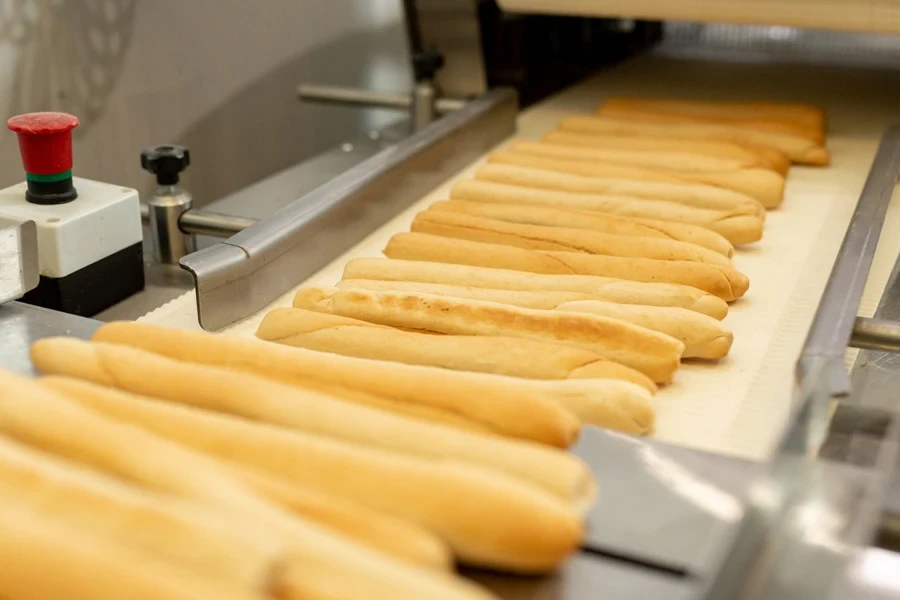
Vertical contact toasters are a space-saving solution for kitchens that need to maximize vertical space rather than horizontal. These toasters are often taller and more compact in terms of width, making them ideal for environments where counter space is limited but vertical clearance is available. Fast food restaurants and sandwich shops often benefit from this type of design, as it allows for efficient use of space while maintaining high output.
Toaster ovens, while versatile, require more space than other types due to their multi-functionality. They generally need both counter space and additional clearance around them to accommodate their size and ensure proper ventilation, measuring about 15-20 inches in width and depth.
When planning the installation of a commercial toaster, it’s essential to consider not only the space the toaster occupies but also how it fits into the overall kitchen workflow. Ensure there is enough space around the toaster for safe operation and maintenance. For larger toasters, consider the placement in relation to other kitchen equipment to avoid congestion and maintain an efficient workflow.
5. Material & Cleaning
Businesses with high turnover, like breakfast buffets or fast food outlets, should prioritize easy-to-clean toasters to maintain efficiency and hygiene. Stainless steel is the preferred material due to its durability, resistance to rust, and ease of cleaning. Stainless steel not only withstands the rigors of a busy kitchen but also maintains a sleek, professional appearance.
Some models may also feature aluminum components, which are lightweight and heat conductive, contributing to efficient toasting. However, aluminum is less durable than stainless steel and may be prone to denting or scratching over time, making stainless steel the preferred choice for heavy-duty commercial applications.
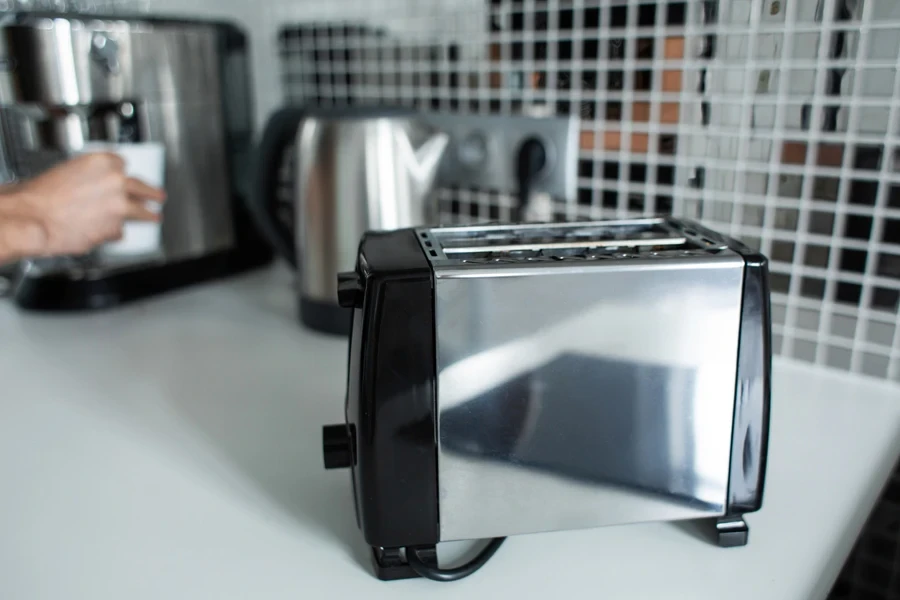
Besides, toasters with removable crumb trays and easily accessible components simplify the cleaning process, reducing downtime and ensuring that the appliance remains in optimal working condition.
Crumb trays should be emptied and cleaned daily to prevent the buildup of crumbs, which can not only affect the toaster’s performance but also pose a fire hazard. Some commercial toasters are designed with non-stick interiors or removable racks, making it easier to remove debris and ensuring that the toaster stays clean with minimal effort.
For conveyor toasters, it’s important to regularly clean the conveyor belt to prevent the accumulation of food particles, which can lead to uneven toasting and potential mechanical issues. Many models offer belts that can be easily detached for thorough cleaning.
Proper maintenance, facilitated by user-friendly cleaning features, will extend the life of the toaster and maintain its efficiency in a busy commercial kitchen.
Summing Up
We have compiled a comprehensive summary table that highlights key factors such as toaster type, capacity, speed, material, and space requirements. This table serves as a quick reference guide to help buyers make an informed decision based on their specific business needs.
| Feature | Pop-up Toasters | Conveyor Toasters | Vertical Contact Toasters | Toaster Ovens |
| Toasting Capacity | 60-380 slices/hour | 300-1500 slices/hour | 100s-1000s slices/hour | Varies (multi-function) |
| Speed | 2-3 min/batch | Continuous, fast | 15-30 seconds per bun | 3-5 minutes |
| Heat Source | Electric | Electric/Gas | Electric/Gas | Electric |
| Space Required | Compact | Larger counter space | Vertical space-saving | Requires clearance |
| Versatility | Limited to bread | Versatile, bulk | Focused on buns/bread | Multi-functionality |
In a rapidly evolving market, selecting the right commercial toaster is crucial for staying competitive and ensuring operational efficiency. Make a smart choice now, and toast your way to success in the years to come!




